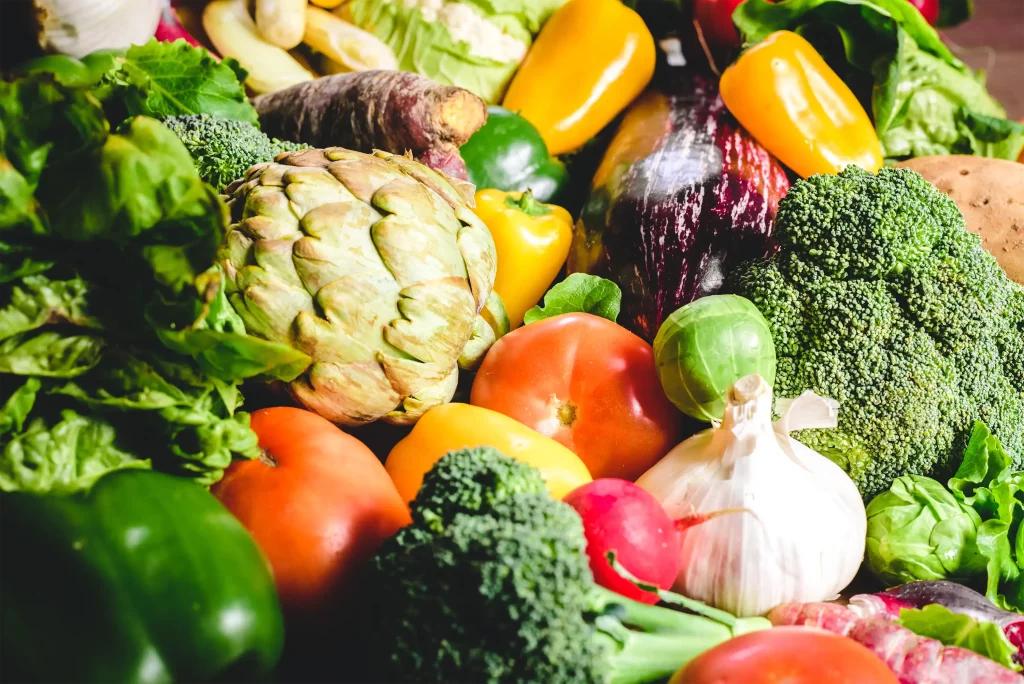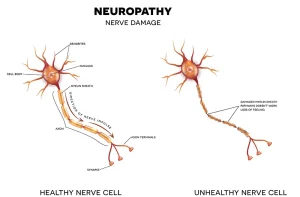There is no better way to handle neuropathy and nerve pain than by eating healthy, low-inflammatory food. Plant-based diets offer many opportunities to craft peripheral neuropathy diets to set up and to have healthier nerves and less pain.
It’s great to be able to make simple meals at home and control what goes into your meals. It’s not worth the inconvenience of eating out. Restaurant kitchens may use ingredients or foods that can aggravate rather than relieve your nerve pain.
These six plant-based foods are great for your body and nerve pain relief. These foods can be added to your daily diet in half-cup or full cup portions, frozen or fresh. You can either eat them as is or make delicious salads. Bonne alimentation!
- Leafy green and leafy vegetables. Asparagus, broccoli, spinach, and other leafy vegetables all contain vitamin B. This nutrient is important for nerve function and regeneration. Alpha-lipoic Acid, a micronutrient that protects nerves and improves nerve function, is also found in kale, spinach and broccoli.
- Fruits. To help heal nerve damage, eat at least one fruit each day. Among others, berries, cherries, oranges, red grapes and watermelon are rich in antioxidants that help reduce inflammation and nerve damage. Grapes, blueberries, and cranberries are rich in a powerful anti-inflammatory compound called Resveratrol.
- Zucchini. Zucchini is a type of summer squash. It’s actually a fruit. It’s also rich in antioxidants, which are good for nerve cells. It is also rich in potassium, which helps to promote nerve transmission and magnesium, which calms anxious nerves.
- Sweet potato. This root veggie offers many nerve health benefits. It contains a lot of vitamins A, C, and other nutrients that provide antioxidant protection to cells. Natural anti-inflammatory substances are also found in sweet potatoes. Research has shown that purple sweet potato extract has been found to reduce inflammation in nerve and brain tissue. Because sweet potatoes are high in fiber, they won’t cause blood sugar to spike as starch burns slowly.
- Quinoa. While quinoa is often thought to be a grain plant, it is actually a flowering herb that produces edible seeds. Quinoa was once a staple food for the Andes Mountains people of Peru, Bolivia, and Chile. It has since become a popular global favorite that is grown in over 70 countries. Quinoa is rich in potassium, which helps to transmit messages through the nerves. Quinoa is a great source of folate, phosphorus and manganese. This superfood is also rich in protein, fiber and iron as well as copper, vitamin B6, and vitamin A6.
- Avocado. Avocado is full of healthy fats. It contains a healthy amount of potassium, similar to quinoa. This promotes nerve conduction. Avocados can also increase the body’s absorption antioxidants.





